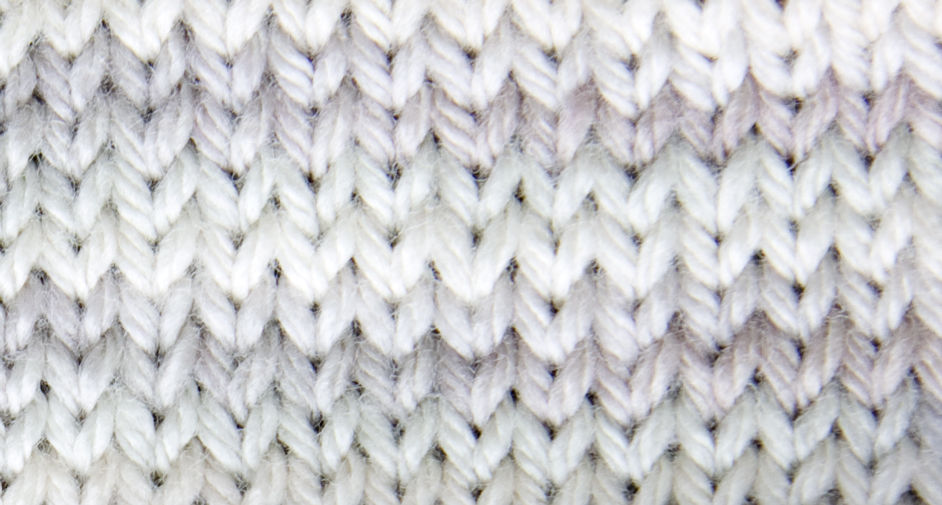Knitting: Ground Zero!
- Bella
- Oct 10, 2017
- 3 min read
Hey crafters!
Many of our members begin, well, at the beginning! So, our first post of the year is going to focus on how to begin knitting, through easy-to-follow videos. Certainly, knitting is one of those skills that seems complicated when you look at it, but in reality is very easy- in fact, there are really only two possible stitches, so once you've figured them out, you're pretty much set for life.
And remember: if you're ever confused, come check out our biweekly meetings for help or company!
You Will Need:
Yarn
Needles
A blunt darning needle
Tutorial
The first step of knitting is casting on. There are a billion ways to cast on, and each will slightly change the way the edge of your fabric looks. That being said, there are two main ways to cast on, and they'll serve you perfectly as a beginner: "cable" cast on and "long-tail" cast on. Long tail is a little more complicated, but faster, so if you're up to learning how to do it then you'll definitely be appreciative when the piece you're casting on has a zillion stitches.
The benefit of learning different ways to cast on is that each method will make the edge of your fabric look different, and each has it's own strengths and flaws- here is a great article on the different styles of casting on.
I find that it often helps to rewatch a video and pause where I'm confused- and a piece of advice: notice where you're sticking those needles! It's okay to go slow.
The next step of your journey is to, well, start knitting! The first stitch we're going to learn is knit stitch, which is shortened in patterns to (k). It is knitting's most basic stitch, and (thankfully) is almost exactly the same as the easiest method of casting on.
If you keep repeating knit stitch for every row, you'll start to make fabric in garter stitch, as seen here. This is because every time you start a new row, or turn your knitting, you actually flip the whole fabric.

If your want your fabric to look like the more traditional little "v"s of knitting, you'll want to use stockinette stitch, which means you need to learn how to purl!
Purling, which is shortened to (p) in patterns, is the exact opposite of the knit stitch- meaning every motion you do for the knit stitch is repeated backwards.
To make fabric in stockinette stitch, you alternate between purl and knit rows, which produces a fabric like this one. But sometimes, we forget what row we're on, or whether we're supposed to be purling or

knitting- so something good to notice is this: a knit stitch produces a little bump right up against the the edge of your needle: but a purl stitch will make a little "v" right next to your needle: making it easy to remember whether you're purling or knitting!
Now that you've gotten the hang of the basics and have some fabric you've worked on, you'll probably want to know how to cast, or bind off. Just like with casting on, there are a billion ways to cast off, and each produces it's own edge. My personal favorite is Elizabeth Zimmerman's bind off, which is easy and looks a little neater than a traditional bind off.
Some terminology to note about this video: the tail of your yarn is the long piece of yarn you've left after you've cut it free of your ball, because you're done knitting! A good rule of thumb is to keep about two and a half times as much yarn left than you have fabric to bind off with, so that you're never worried about not having enough to finish your piece.
So you've finished a piece of fabric! Congratulations. But wait- there are long bits of yarn hanging off your piece. Don't cut them off, or you'll find yourself wearing a scarf that's trying to unravel at both ends! Instead, you'll need to weave in your ends.
And tadah! You just finished your first piece of knitting. Check back in soon for our next posts, where we'll give you a similar run-down of crochet, as well as a continuation of the Knitting Chronicles, where we'll focus each week on a new technique.
If you're feeling ambitious, try out some beginner patters: pinterest and ravelry are fantastic resources for beginner knitters, and there's no better way to learn how to knit than to just jump in the deep end and start swimming. If you get stuck, remember: you can always come to us for help!
<3, KSC Exec








Comments